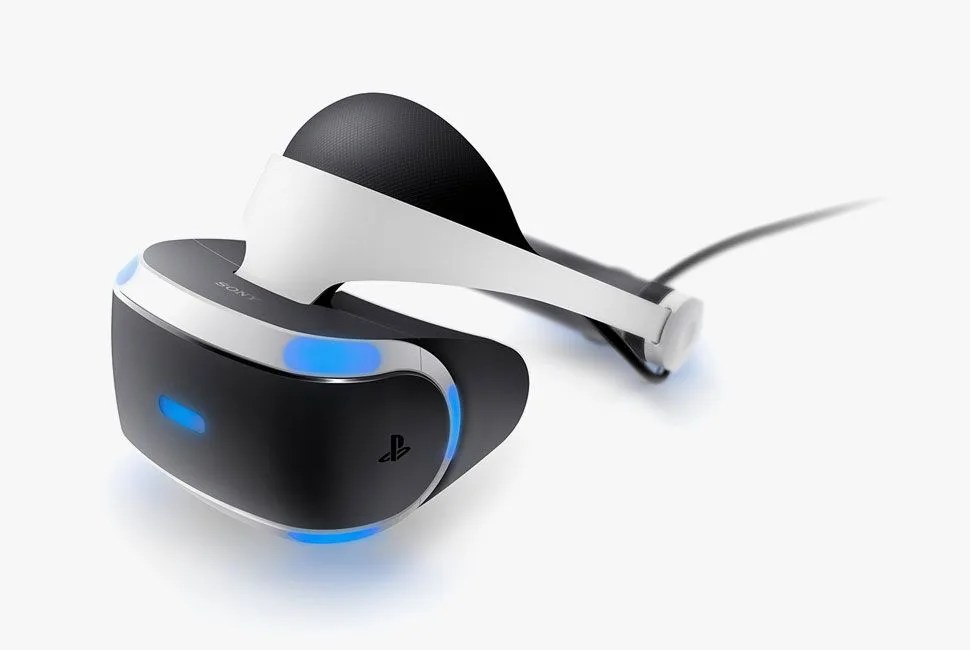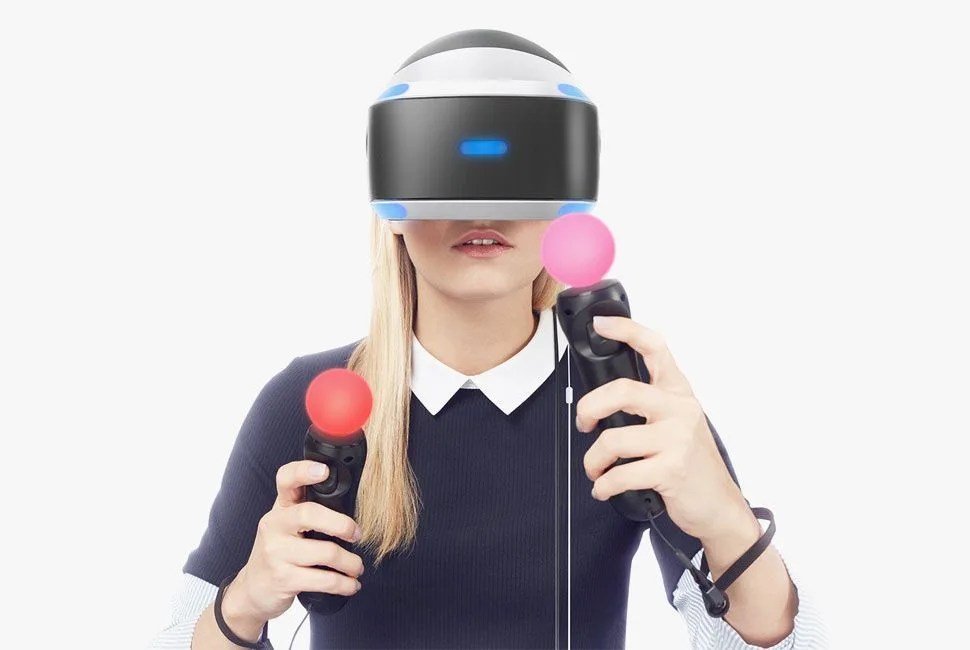Sony’s timing in releasing its PlayStation VR virtual-reality headset couldn’t have been better. Not because it comes on the heels of the Oculus Rift and HTC Vive’s launch earlier this year — letting those two duke it out for a few months before Sony sweeps intent on wiping the floor with both of them — but because it landed right in the middle of the sensory typhoon that was the 2016 US presidential election. When faced between enduring one more insane tweet or damning revelation or retreating into Sony’s brand of tethered, bug-eyed escapism, I’ll gladly choose the latter.
So it’s been the case that for the last month, via the $400 headset and a PlayStation 4, I’ve been exploring creepy Gotham back-alleys in Batman Arkham VR while political hacks paraded their own brand of creepy menace over the airwaves, racing supercars through a global circuit of exotic road courses in Driveclub VR while candidates twisted and turned through myriad verbal chicanes. I street-luged down mountain roads one minute and bopped my head around to control a virtual paddle game the next — both mini-games included in VR Worlds.

Now, my escapism wasn’t truly that complete, however. VR is still very much a nascent, first-gen technology, and the experiences remain limited to the same essential game formats we’ve enjoyed (and endured) for decades. But there’s just more to see, and the feeling of immersion is legitimately consuming. You really do leave your own world behind. PlayStation VR provides its experiences exceptionally well, easily on par with the competition but with its own extra layers of virtual benefits. I’ve delved deep into the VR universe the last few months, comparing the HTC Vive and the Oculus Rift, and now adding PSVR into the mix. All have their strengths.
The feeling of immersion is legitimately consuming. You really do leave your own world behind.
The HTC is the best for serious gamers, thanks to its sync-up with Steam. Oculus provides the best overall VR experience, in terms of both usability and breadth of content — everything from games to its burgeoning focus on narrative content. But Sony, though its hardware specs sit a bit below the others in terms of resolution and processing power, has the potential to have the greatest impact, thanks to its broader accessibility. It runs off the PlayStation 4, of which there are millions already in homes, so it doesn’t require a pricey gaming PC as the others do; plus, it’s more affordable than both the Oculus and HTC, both of which come out to $800. (The Rift is $600, plus $200 for its optional hand controllers; the HTC’s are included in its $800 markup. The Sony system uses its Move hand controllers — just $30 each.)
Coupling the more accessible tech with a promised rollout of more than 50 VR titles this fall alone, Sony’s system poses a serious threat to the others. The headset is a high-quality product, comfortable and reasonably light on your noggin compared to the heavier headgear from Oculus and HTC, and using the system is a breeze. Because PlayStation is a closed system — unlike PCs, where you have to deal with drivers, hardware configuration, etc. — the installation and setup went like clockwork. Of course, PSVR introduces a rat’s nest of cables to what might be a sleek, streamlined home-theater setup complemented by the sleek, streamlined PS4, but that’s the price of progress — at least until a wireless version arrives however many years hence. Once you’re up and running, it’s simply a matter of downloading or installing the VR titles you want to try.

